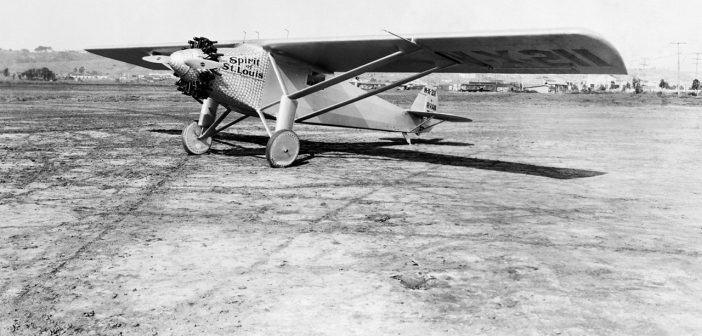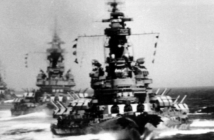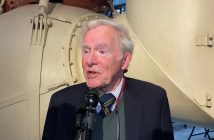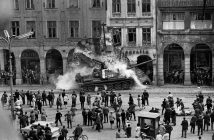On May 21, 1927, Charles Lindbergh landed in Paris at 10:22 p.m. local time, completing the first solo, nonstop transatlantic flight.
Aboard The Spirit of St. Louis, Lindbergh flew from New York to Paris in a span of 33 ½ hours, according to a historical headline by the New York Times. He was greeted in Europe by a large crowd of up to 100,000 according to police at the scene, Edwin L. James reported. The journey totaled over 3,600 miles.
In recognition of the feat, Frenchman Raymond Orteig awarded Lindbergh the $25,000 Orteig Prize, the original check from which is preserved at the Smithsonian National Air and Space Museum. The prize was reserved for “the first first aviator to fly nonstop from Paris to New York or New York to Paris,” the museum writes.
Lindbergh, whom the museum characterizes as a “meticulous planner,” packed survival tools in the event of a crash. Among those items were a tins of rationed food, matches, hand flares and even a fishing line in case he needed to catch dinner. These items are on display at the Barron Hilton Pioneers of Flight Gallery Exhibit at the Air and Space Museum in Washington D.C.
A year after his famous flight, Lindbergh gifted “The Spirit of St. Louis” to the Smithsonian in 1928, according to the Washington Post. Flying it from St. Louis to Southeast Washington, “The Spirit of St. Louis” remained on display at the Arts and Industries Building, until it was moved to the Air and Space Museum in 1975.




